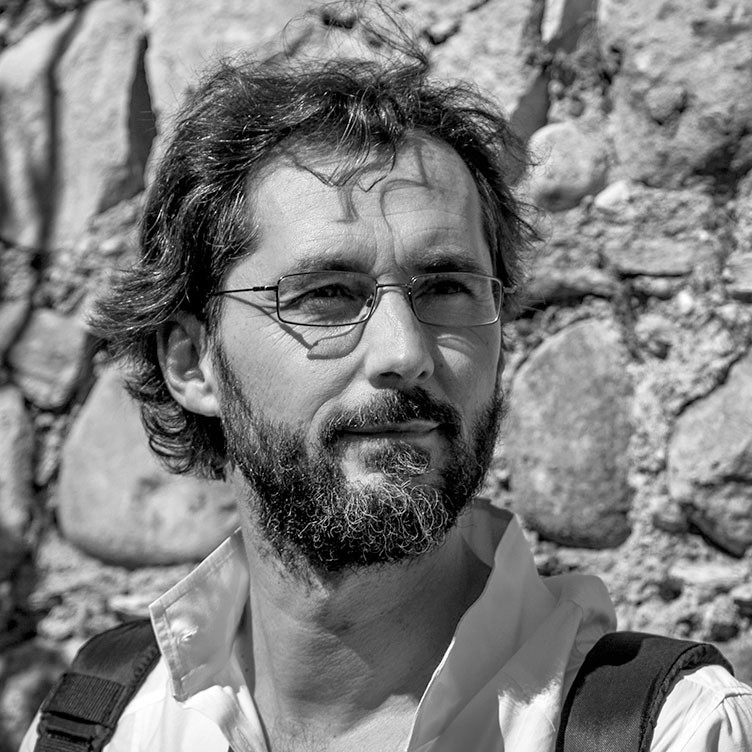Your book focuses on the daily experiences of people who are often overlooked or marginalised. How did you decide which stories and faces to include, and what guided your selection process?
The book Brazil: Fragile Balances is not about marginalised situations or particularly marginalised families. On the contrary, the idea behind the project was to recount the daily lives of a multitude of perfectly normal people. We worked in two small towns – Tapera Dos Vital, in northern Brazil, and Joqui Nabuco – where 98% of the population lives as shown in the photographs. We did not go to the favelas of the big cities or to extreme contexts: we wanted to show the rule, not the exception. There was no selection process: we met the families who welcomed us with open arms. Some were large, others consisted of only two or three people. Ten families hosted the ten photographers, each for about a week. In some cases, we even bought a mattress because the houses were very modest and there was no space. This was the heart of the project: living and documenting everyday life.
The project captures resilience and hope through intimate expressions. What approach did you use to establish trust and create such strong bonds with your subjects?
The connection with the families was made possible thanks to Modena Terzo Mondo, a voluntary association that has been operating in Brazil for over 30 years. They acted as intermediaries, explaining the meaning of the project to the families. This meant that the photographers were welcomed with trust and naturalness: a stranger would never have been able to “sit on the sofa” or live in such modest homes. Instead, with the association’s guarantee, we were accepted as guests, able to share their daily lives for 7–10 days. Without this support, the level of intimacy and authenticity achieved would have been impossible.
As a collective of photographers (Multiple Authors), how did you collaborate creatively to ensure a unified voice and vision throughout the book?
There were ten photographers, but it wasn’t difficult to achieve a unified vision: they were all students of the Perbellini course, trained in the same way for a year and a half. This made a consistent approach and vision come naturally. The most complex part came during the editing phase: together with Manila Camarini (photo editor at D La Repubblica) and Giuseppe Andretta (post-producer), we found ourselves faced with a huge amount of valid material. The real challenge was having the courage to discard many excellent images in order to achieve a strong editorial synthesis. Our goal is not only to produce beautiful photographs, but to develop a complete photographic mindset: to build a language, a coherent project. That’s why the book was the natural destination for the work.
Photobooks create a tangible and lasting presence. Why was the book format important for this project, and how do you hope readers will interact with it differently than they would with an exhibition or digital viewing?
Books are fundamental to us, so much so that every year at our Academy we work with students on a photography project that will result in a book. A book is not as ephemeral as social media, it does not chase likes: it is a container with a narrative path that takes the reader from point A to point Z via B, C, D… Personally, I prefer books to exhibitions: a book arrives at your home, stays there, and can be leafed through in silence, calmly, in an intimate setting. This concentration, this direct relationship between reader and photographs, is unparalleled. An exhibition is often experienced in a hurry, amid fatigue or distractions. A book, on the other hand, becomes part of the daily life of its owner, creating a personal and lasting bond.
Your work highlights the role of marginalised voices in shaping a more just and inclusive future. What broader impact do you hope Fragile Equilibri will have on society?
I don’t believe that a photography book alone can have a particularly significant and incisive impact on society. As a great writer/philosopher once said: ‘Photography does not create morality, it can only reinforce what already exists.’ Susan Sontag What it can do, however, is something equally important: it can help viewers to question their everyday lives, to put their problems into perspective, to find points of reference in people who, despite difficult conditions, maintain their dignity and strength. In this sense, Fragile Equilibri can offer readers new models, new figures to admire, and thus make them stronger and more aware. We ourselves are committed to giving something tangible back to the families, but what really remains is the cultural and symbolic value contained in the book: something that lasts over time, that survives and continues to circulate. This is why the recognition received from the IPA – International Photography Awards was particularly important: it validated not only the photographic work, but also the philosophy and vision that guide us as a collective.

